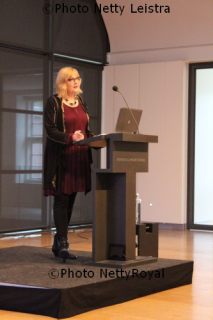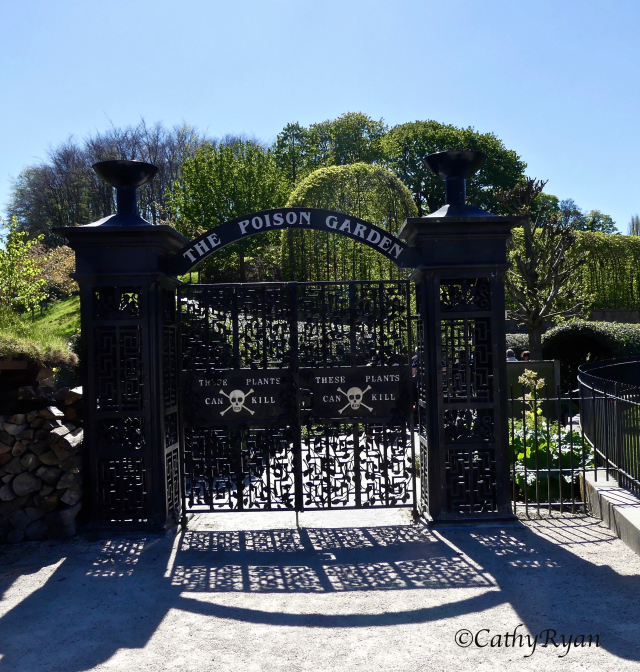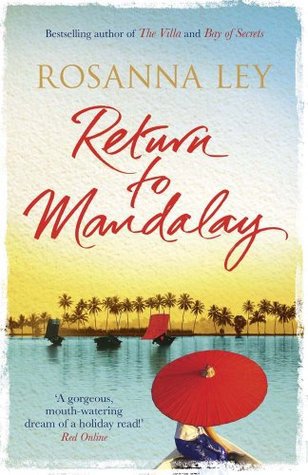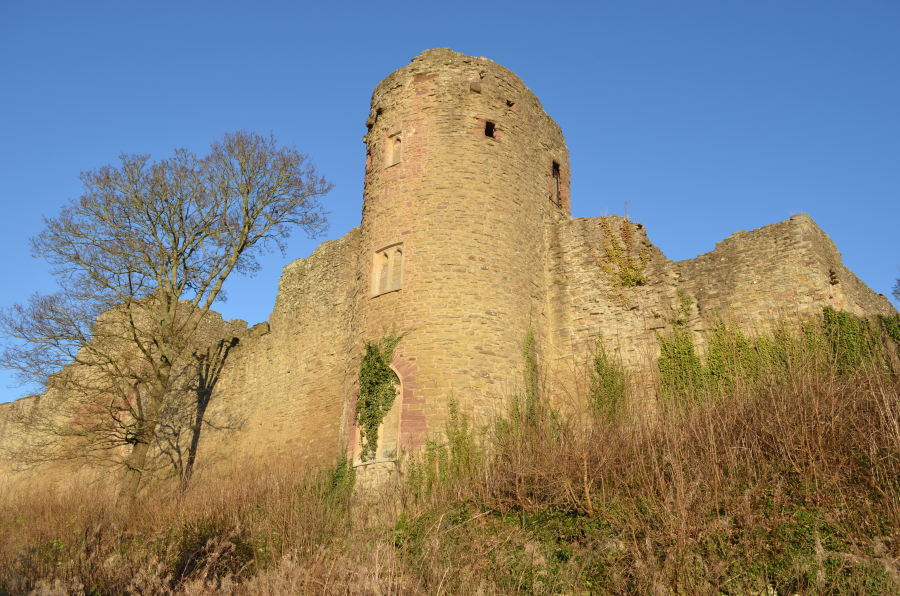 Mortimer’s Tower, Ludlow Castle
Where we left off last time..
Mortimer’s Tower, Ludlow Castle
Where we left off last time..
 The Solar
The Solar
From it’s foundation in the late 11th century to the start of the 14th, Ludlow Castle was in the possession of the de Lacy family (mostly!)
When Walter de Lacy died in 1241, the castle passed to his granddaughter Maud and her husband Geoffrey de Geneville who built the Great Hall and held it until his death in 1314.
The castle passed through to Geoffrey’s granddaughter Joan, who was married to a nobleman called Roger Mortimer, whose name might ring a bell!
Roger MortimerRoger Mortimer was born in 1287 and was married to Joan, in 1301. He acquired Ludlow
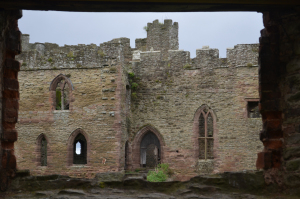 Great Hall and Chamber from the Sir Henry Sydney building
Great Hall and Chamber from the Sir Henry Sydney building
Castle through this marriage, and came into possession of it in around 1314.
Ludlow Castle was to become the stronghold of the Mortimer’s, and Roger contributed to the fabric of the castle, building the Great Chamber next to the Hall in about 1320.
He was also responsible for the Solar to the west of the Hall, and the addition of the Guardrobe Tower to the curtain wall.
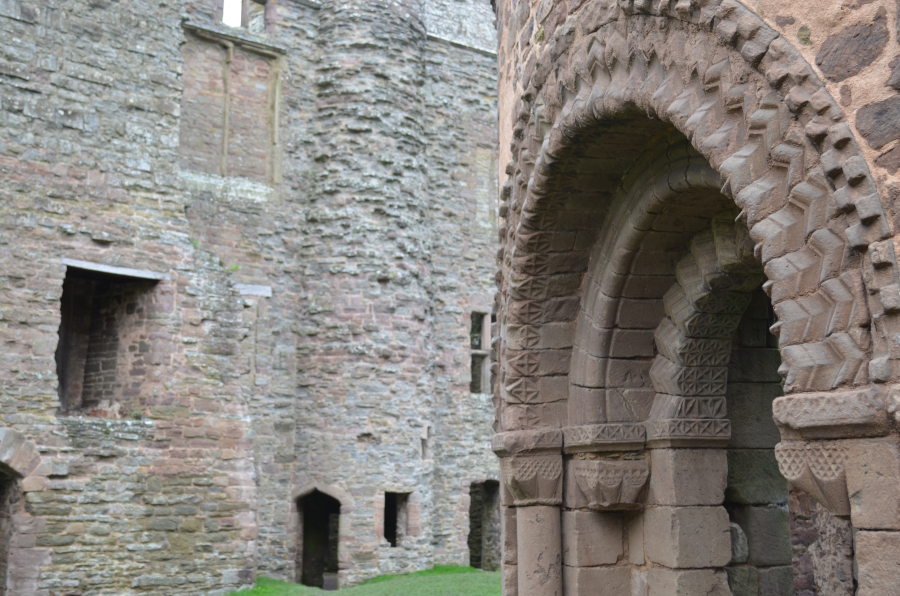 Beautiful Norman Doorway of St. Mary Magdalene Chapel
Beautiful Norman Doorway of St. Mary Magdalene Chapel
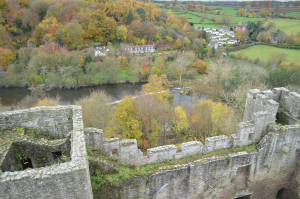 View from the top of the Keep
View from the top of the Keep
Roger Mortimer was originally in Edward II’s service, acting as his lieutenant in Ireland during 1316.
However he ended up against Edward II due to his opposition to his favourites, the Despensers which eventually let to his imprisonment with his uncle at the Tower of London in 1322.
Roger became one of the select few to escape the Tower in its history, and on the 1st of August he was free of it’s clutches and fled to France.
Whilst in France, in 1323 he joined Queen Isabella who had left England with her son
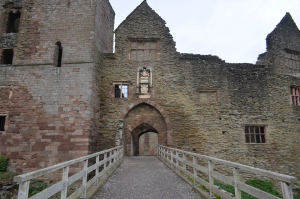 Entrance into the inner bailey
Entrance into the inner bailey
(later Edward III) under the guise of a diplomatic mission.
They became lovers and agreed to dispose Edward II and the hated Despensers.
They invaded in 1326 and Edward II, along with the Despensers were defeated.
Isabella became regent on behalf of her son, and Edward was thought to be murdered in Berkeley Castle in 1327, for which Roger was implicated.
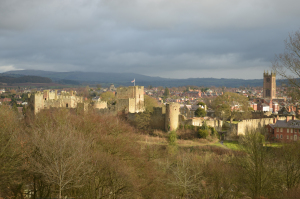 Ludlow Castle, with the tower of St. Laurence on the right
Ludlow Castle, with the tower of St. Laurence on the right
Roger rose under Isabella, becoming the Earl of March among other titles. He didn’t inspire loyalty in the Barons, he was thought to be arrogant and put in place unpopular policies.
By October 1330, Edward III had him seized at Nottingham Castle, and it is said that he was taken out of the castle by being thrown down the tunnels that are beneath the castle and led to the bottom of the mote.
He was once again a prisoner in the Tower of London, but there was no escape this time. He was hanged at Tyburn on the 29th of November, 1330.
 The White Tower, Tower of London
The Last Years under the Mortimers
The White Tower, Tower of London
The Last Years under the Mortimers
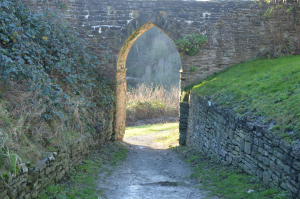 Through the door
Through the door
After Roger’s fall, his wife Joan was allowed to keep Ludlow Castle. It would pass down the generations, from Roger and Joan’s son Edmund, to their grandson Roger, and their great grandson Edmund who inherited the castle in 1358.
They all inherited the castle when they were young, and the castle was governed under a trustee arrangement.
When Edmund’s son Roger inherited the castle in 1381, King Richard II took wardship of
 Ludlow Castle from the River Teme
Ludlow Castle from the River Teme
the castle, and held it mostly until he was deposed in 1399.
By 1402, the Castle was in the wardship of King Henry IV and had the heir to Ludlow, yet another Edmund held under house arrest. Eventually, Henry relented and granted Edmund his estates in 1413.
Edmund died in 1425 and it was a young man named Richard, who inherited the castle and took possession in 1432.
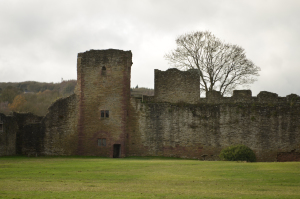 Richard was the son of Edmund’s sister, and grew up to be the Duke of York.
Richard was the son of Edmund’s sister, and grew up to be the Duke of York.
And Richard, dear readers, deserves a blog all of his own. Watch out for Part 3, Ludlow Castle still has much to share with us
